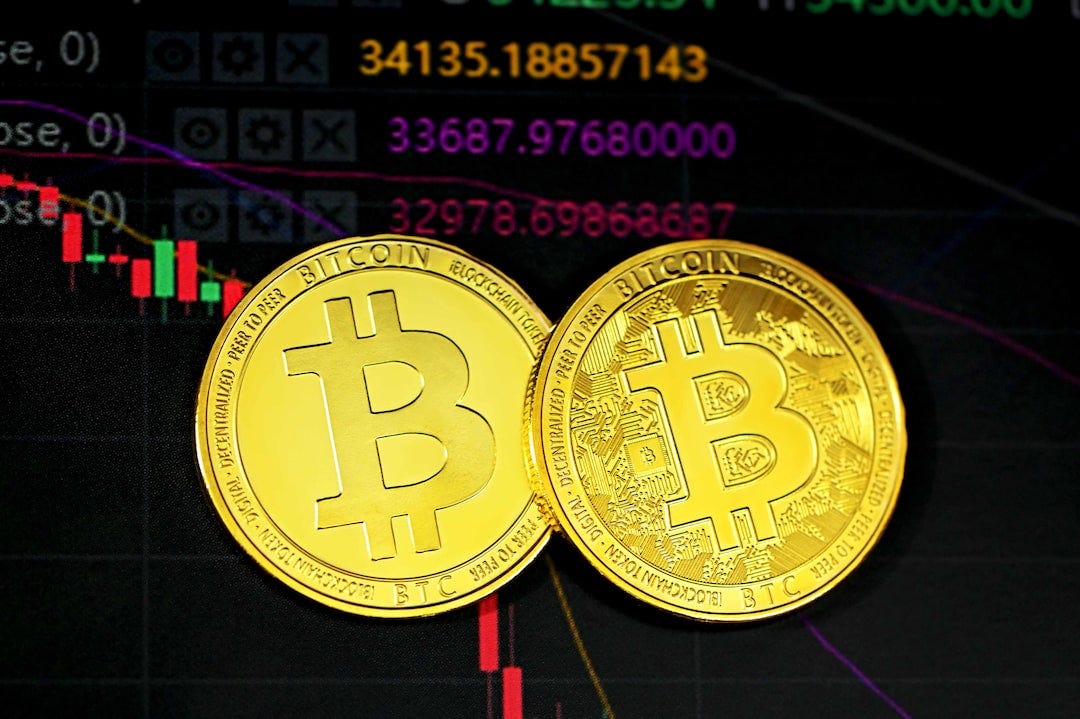The crypto market may have taken a bruising, but it could be ready for a bounce, provided the Federal Reserve delivers a rate cut at its next meeting, according to Nigel Green, CEO of the independent advisory firm deVere Group. Green’s upbeat forecast comes ahead of the Fed’s scheduled policy meeting on 9-10 December, at a time when Bitcoin has dipped sharply, from its $126,000 ATH barely months ago to nearly $80,000 recently.
Green argues the recent pullback is a function of uncertainty rather than a collapse of demand. “The scale of this pullback is the market’s response to uncertainty, not a collapse in underlying demand,” he said.
He points to investors who have reduced exposure amid a lack of clarity over the Fed’s next move and other macro factors. He suggests that once clarity arrives, positioning could shift rapidly.
He further pointed out that the nature of this sell-off differs from previous ones. He notes that the drop from $120,000 has flushed out “layers of leverage” that were built into the rally. He cites more than $19 billion in long positions already liquidated. This deleveraging, he says, means the market is “structurally cleaner” than at the peak.

That matters for Bitcoin’s ability to recover; what remains after forced selling clears becomes the foundation for the next move.
Turning to the macro picture, Green highlights liquidity as the dominant force in asset pricing. When liquidity contracts, even high-quality risk assets come under pressure; when liquidity expands, Bitcoin stands to be an early beneficiary. He argues a 25-basis-point cut by the Fed in December would “shift financial conditions pretty much immediately”.
The trajectory of the US dollar is central in his view. Lower interest rates tend to weaken the dollar and reduce real yields. That combination, Green says, nudges global capital toward assets with long-duration payoff profiles; Bitcoin falls squarely into that category. “Investors respond quickly when the dollar softens because they reassess the opportunity cost of holding cash,” he comments.
He also says that for institutional investors, the Fed’s communication will matter as much as the rate move itself. If policymakers indicate further rate adjustments may follow in 2026, the pricing of the entire yield curve will shift, and risk-asset allocations will adjust accordingly. Under such a scenario, Bitcoin could capture a meaningful share of capital rotation.


Green cautions that the recent volatility must be viewed in the context of a fragile global setting: equities are retreating, US data disappointed earlier in the autumn, and geopolitical tensions remain elevated. These factors feed risk aversion, yet he insists they do not undercut Bitcoin’s long-term investment case.
He adds that institutional desks are watching the $80,000-$90,000 zone as a valuation area with long-term appeal rather than a point of distress. This, he says, signals where professional conviction currently stands.
Bitcoin fundamentals are still solid
Green highlights structural forces backing Bitcoin: supply is fixed, adoption remains on an upward trend, and infrastructure supporting large-scale participation is improving. He also notes that more sovereign wealth funds and corporate treasuries are considering digital asset allocations, developments that were largely absent in previous cycles.


He argues that when structural demand meets improving liquidity, the effect is amplified. “Bitcoin has already shown this repeatedly across multiple cycles. The draw-down does not erase that dynamic.”
Green expects investors to act quickly if the Fed delivers a rate cut. He believes volatility will spike around the announcement, but underlying flows are likely to shift in Bitcoin’s favour. “Investors want to deploy capital; they simply want assurance that monetary conditions are moving in the right direction,” he says.
To conclude, he emphasises, “This Fed meeting is going to be a decisive moment for digital-asset markets. Bitcoin has absorbed a severe correction, but the essential foundations remain strong. A rate cut would strengthen liquidity, lift market confidence, and set the stage for the next phase of Bitcoin’s long-term upward trajectory.”








